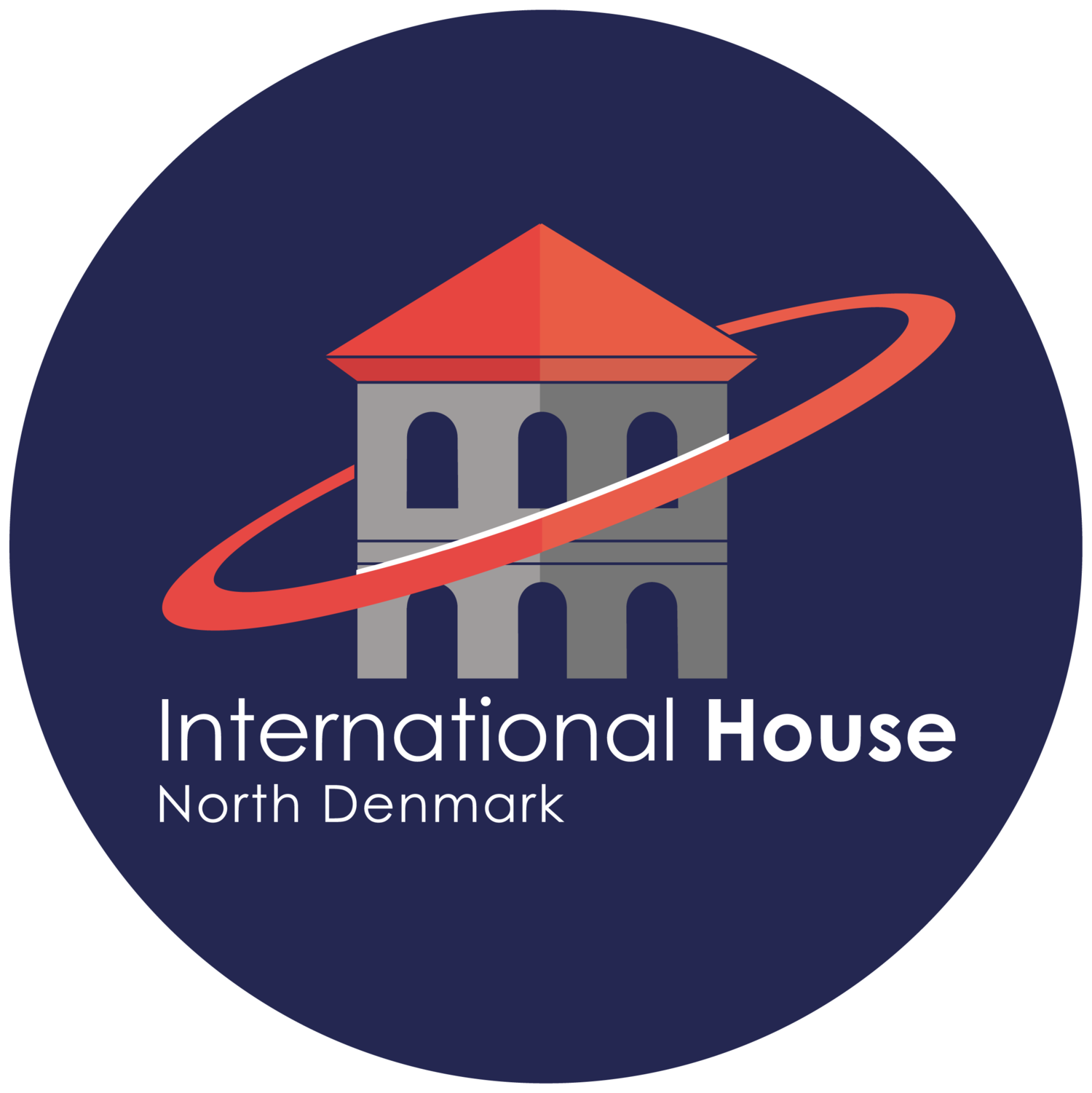Danish Babtism
Danish Baptism Traditions: A Timeless Ritual of Faith, Family, and Community
In Denmark, baptism is more than a religious ceremony - it’s a cultural cornerstone that intertwines spirituality with deep-rooted traditions, family values, and communal celebration. Whether observed by devout Christians or those embracing it more for its cultural significance, Danish baptism remains a meaningful rite of passage even in a secular nation.
The Tradition at a Glance
In the Evangelical Lutheran Church of Denmark (Folkekirken), baptism is typically performed on infants, although child and adult baptisms also occur. The ceremony usually takes place during a regular Sunday service, Saturday morning service, or in a more intimate setting with just close family and friends. For many Danish families, this is one of the first public milestones in a child's life.
Name Giving and the Church
Historically, a child in Denmark had to be baptized before being officially named. Today, Danish law requires parents to name their child within six months of birth, either through baptism or a civil registration. However, many still choose baptism as the official naming event, blending legal formality with spiritual blessing.
The Role of Godparents
Godparents - typically three to five-play a significant part in Danish baptism. Their role is not only spiritual; they’re also expected to provide moral guidance and, if needed, step in should the child lose their parents. It's a role filled with honour and responsibility, often reserved for close friends or family members.
Tradition and Togetherness
After the church service, the celebration continues at home or a local venue with food, speeches, and a festive atmosphere. Danish smørrebrød (open-faced sandwiches), layer cakes, and coffee are common fare. It’s customary for guests to give gifts, ranging from children’s Bibles to heirloom-quality jewellery or keepsake items. Some parents will opt for practical items such as clothing, highchairs, prams, etc. It is similar to an American baby shower tradition but rather taking place after the child’s born rather than before.
One unique tradition is the baptismal gown (dåbskjole), often a family heirloom passed down through generations. Some of these gowns have been worn by multiple family members, linking the present with the past in a deeply personal way.
A Modern Yet Meaningful Tradition
While Denmark is known for its secularism, baptism remains popular. According to national statistics, a majority of Danish children are still baptized - even among families who may not attend church regularly. 72% of Danish citizens are listed as members of the church and pay
church taxes, even when not active members. For many, the faith is more about heritage, belonging, and offering a child a spiritual and communal start in life.
Conclusion
Danish baptism traditions beautifully reflect the balance between faith, family, and cultural identity. Whether you’re a global citizen interested in Scandinavian customs or someone with Danish roots exploring family heritage, understanding these traditions offers insight into how rituals can adapt and thrive across generations.
Written by: Abi Fox Pinderup


